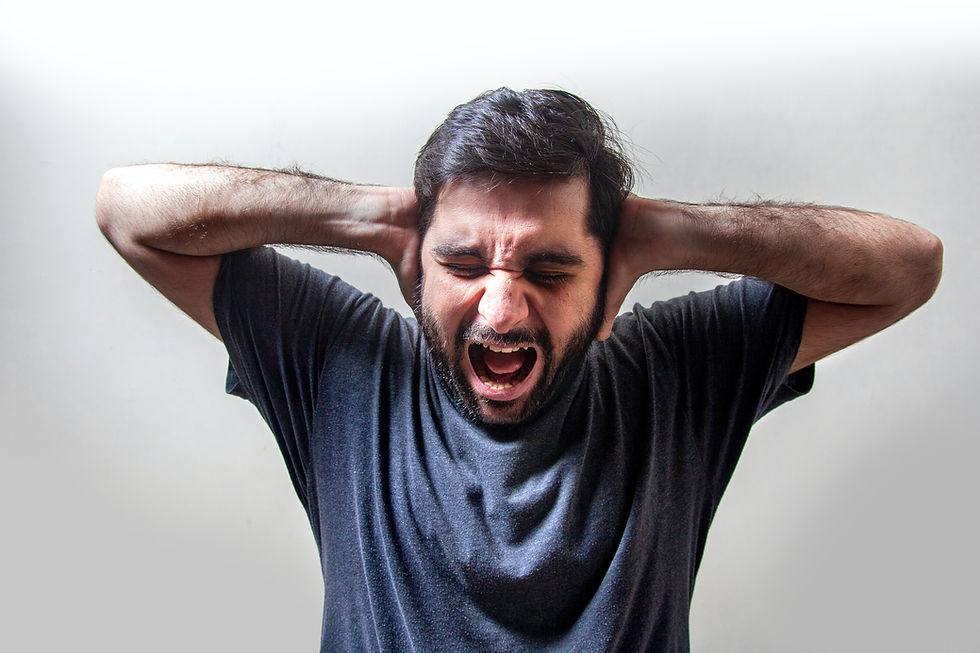2022 Study: Cannabis for Insomnia in Depression & Anxiety
- Higher Learning LV Staff

- May 2, 2022
- 2 min read
Updated: Feb 28, 2023
This article is brought to you by the Cannabis Commerce + Chemistry Podcast.
Welcome to Higher Learning's Study Summary series. This series reviews and summarizes peer-reviewed scientific research about cannabis for human health in plain language that is easily digested by cannabis and hemp industry professionals (our target audiences).

A 2022 study entitled "An Investigation of Cannabis Use for Insomnia in Depression and Anxiety in a Naturalistic Sample" that was published in the journal BMC Psychiatry investigated the efficacy of cannabis in patients suffering anxiety and depression that manifests as insomnia.
"Little is known about cannabis use for insomnia in individuals with depression, anxiety, and comorbid depression and anxiety," reported the study.
"Little is known about cannabis use for insomnia in individuals with depression, anxiety, and comorbid depression and anxiety," reported the study. "To develop a better understanding of distinct profiles of cannabis use for insomnia management, a retrospective cohort study was conducted on a large naturalistic sample." The research included "8476 recorded [cannabis consumption] sessions."
"The current study included sessions tracked from February 27, 2017 to February 28, 2020. All participants in this study experienced insomnia symptomology and used the Strainprint® app to monitor and track symptom severity pre- and post- cannabis use," noted the study. Participant age ranged from 18 to 71.

It should be noted that this study relied upon participant self-reporting to gather data via a mobile app (Strainprint). While it certainly has scientific validity, the reliability of this data is less than that of a study involving non-self-reporting (such as when scientists directly observe participants).
Results
The cannabis consumer data gathered revealed a number of trends within the sample population. First, it showed that participants perceived cannabis consumption to be beneficial for their insomnia and the depression or anxiety causing it. It also showed that loose-leaf flower and sublingual tinctures (typically oil) were the most popular consumption avenues for those surveyed.
The study revealed that participants perceived cannabis consumption to be beneficial for their insomnia and the causal depression or anxiety
"Overall, cannabis was perceived to be efficacious across all groups, regardless of age and gender," reported the study. Participants whose insomnia resulted from depression reported their greatest benefits derived from "indica-dominant, indica hybrid, and sativa-dominant strains." The study reported that these types of cultivars (strains) provided more relief to those suffering depression-based insomnia than "CBD-dominant strains."

In those suffering anxiety that led to insomnia, "all strain categories were perceived to be efficacious, with no significant differences between strains."
Conclusions
The study's authors concluded that those who suffer insomnia—as caused by depression, anxiety, or both—and use cannabis "report significant improvements in symptom severity after cannabis use."
Those who suffer insomnia—as caused by depression, anxiety, or both—and use cannabis "report significant improvements in symptom severity after cannabis use."
However, due to its relatively poor data gathering mechanism of self-reporting, the study emphasized the need for "placebo-controlled [human] trials investigating symptom improvement and the safety of cannabinoids for sleep in individuals with mood and anxiety disorders."













Comments